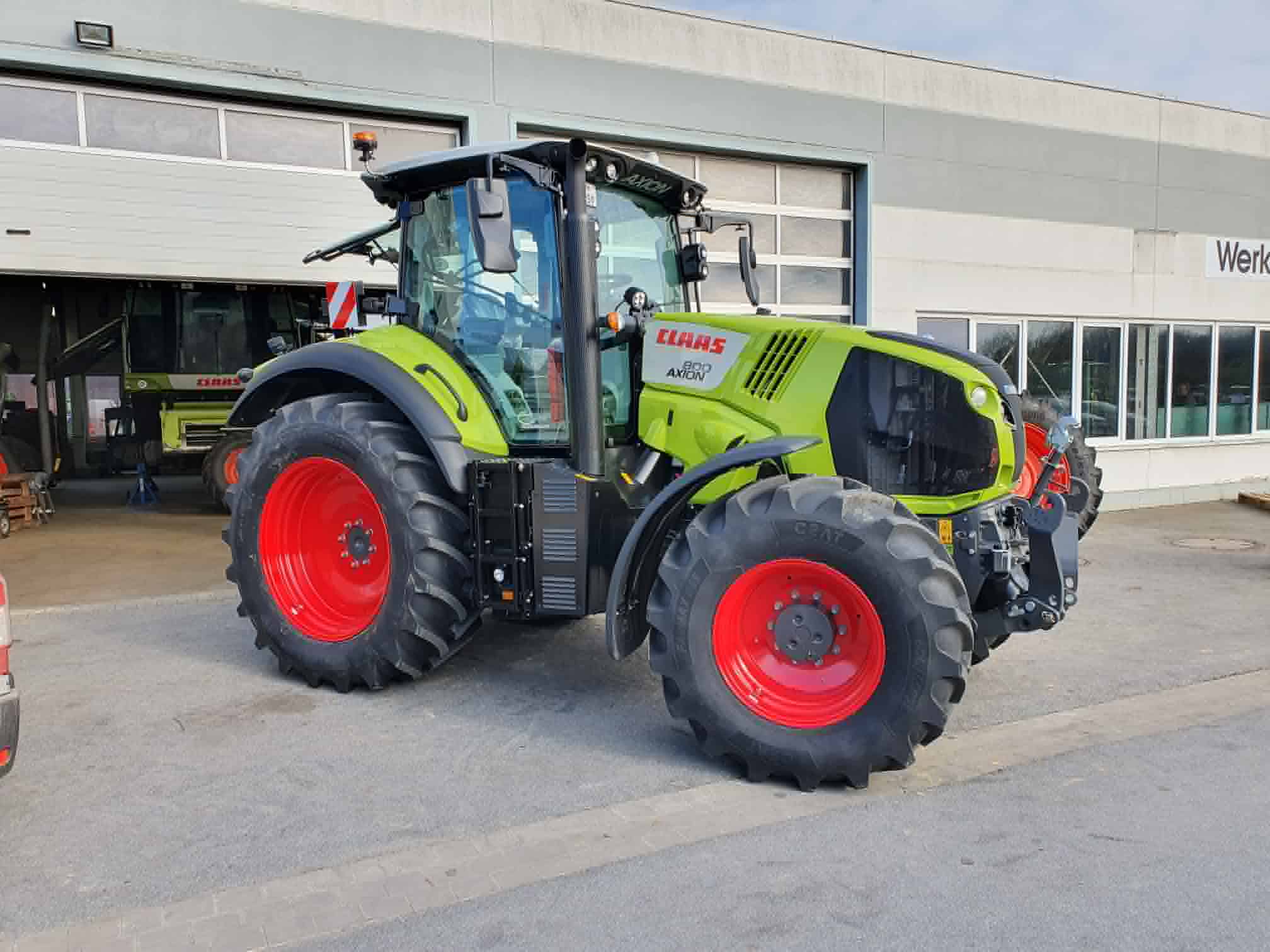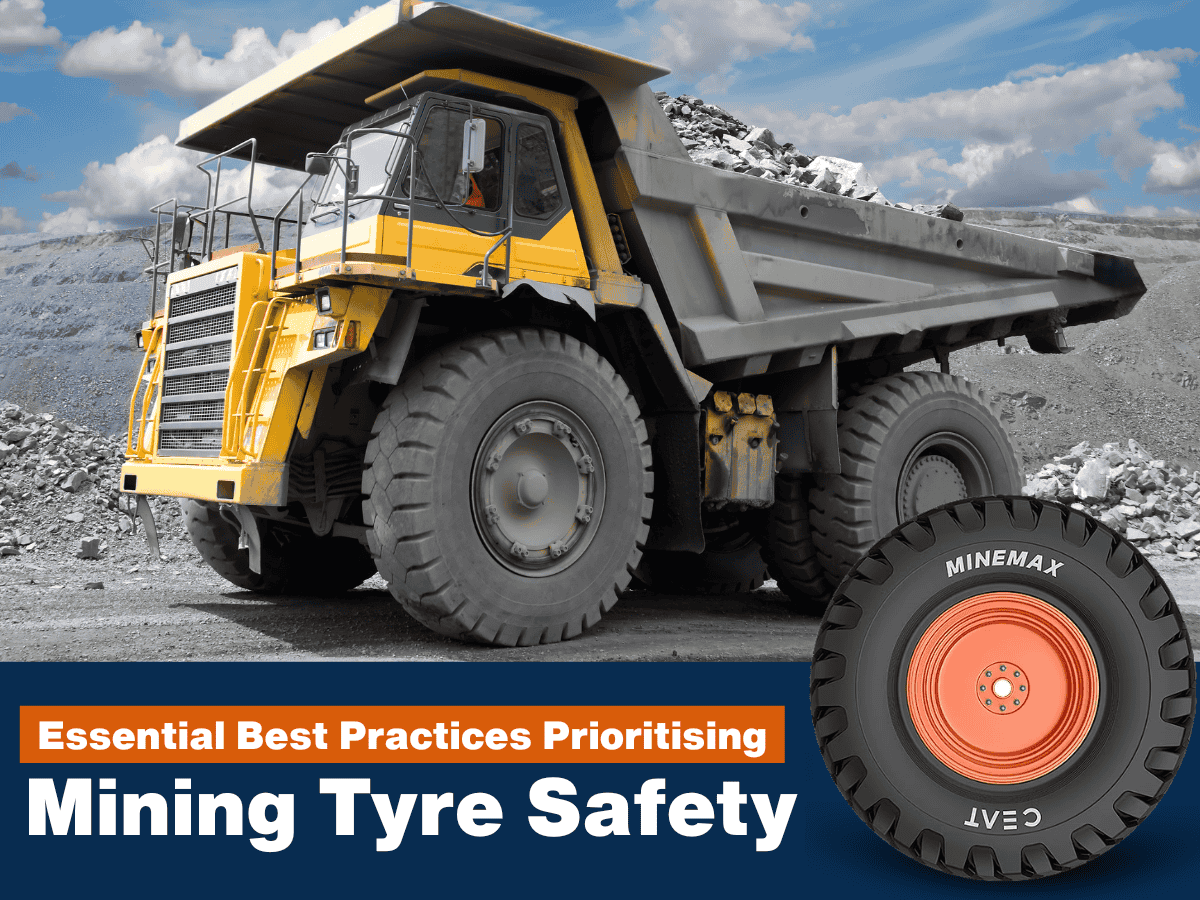ceat-speciality:blogs-tags/all,ceat-speciality:blogs-tags/tyre-care
What is the life cycle of a tractor tyre?
Wed, 7 Sep 2022 | PRODUCTS
Before you next begin an internet search for ‘tractor tyres for sale’ or ‘tractor tyres near me’, or scrutinising tractor tyres’ price lists, it’s worth assessing how the performance of tractor tyres can change throughout their life cycle – and how particular design attributes can help tractor tyres to perform for you as efficiently as possible for as long as possible.
Tractor tyres featuring carefully-engineered design characteristics that help them to provide fuel-efficient grip off the road and good handling and road-holding on it will provide the link between the investment you make in your machine and the investment you make in your soil, crops and livestock. After all, no matter how simple or complex your tractor, its power and features are worthless if it cannot put that power and those capabilities effectively and efficiently to the ground. The abilities of any tractor tyre change over the course of its life cycle, but well-designed tractor tyres will have capabilities, efficacy and efficiency that is almost as good when they have 10-20% of their tread depth remaining as they did when they were new. The right tractor tyres with well-designed features can help your farming or agricultural contracting business to get the most from your tractor investment over the entire life cycle of the tractor tyre.
As an example, CEAT Torquemax radials, the flagship tractor tyres in the CEAT Specialty range, suited to high power tractors, features a lug design that provides constant and smooth transfer of torque from the tractor to the ground when pulling hard on high torque operations in the field, where a lower angle at the tractor tyre shoulder provides superior traction. At the same time, the rounded shoulders of the tractor tyres’ tread ensure lesser damage to soil and crop. Meanwhile, the rounded shoulders ensure lesser damage to both the soil and the crop growing in it. The tilted lug tip minimises vibration and associated noise at speed on the road, while a higher angle and lug overlap at the centre of the tread provides excellent roadability. A wider tread and larger inner volume reduce soil compaction.
But one of the key attributes that governs and prolongs the life cycle of a well-designed tractor tyre is its tread depth. CEAT Torquemax tractor tyres are designed with an R1-W tread depth for maximum longevity. While R-1 is the common North American standard for agricultural tractor tyres, translating into a tread depth of 32-45mm depending on tyre size, the R1-W rating is more commonly found in Europe. Such tractor tyres – the CEAT Torquemax, for example – feature tread that is approximately 25% deeper than that of an R-1 tractor tyre. This significantly extends the life cycle of the tyre, and helps boost performance later in the cycle. The longer you can dela that five-ten per cent tread left phase, where worn tyres will mean reduced tractor performance in situations demanding high traction, the more productive, efficient and safe your tractor operation will be.
So to maximise the length of your tractor tyre’s life cycle, it pays to do your research when next browsing for ‘tractor tyres for sale’ or ‘tractor tyres near me’, or searching tractor tyres’ price lists. Not all tractor tyres are designed equal, and some may offer features that ensure their performance is as good towards the end of their life cycle as it was at the beginning.







































































































































